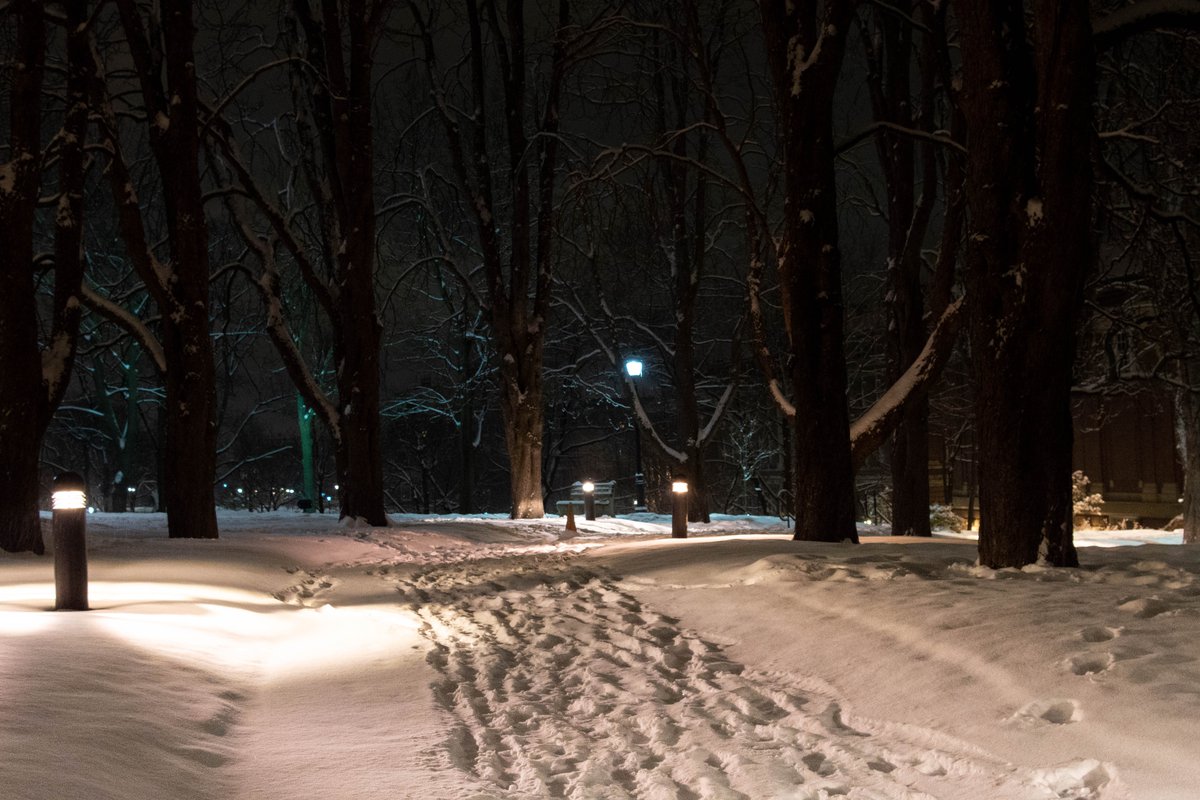How does RPI respond to winter storms? Rounds explains

“It’s not a casual process,” said Vice President for Administration Claude Rounds regarding Rensselaer’s inclement weather preparation, decision-making, and response. During the weekend of Martin Luther King Jr. Day alone, “the cost of the storm … was $114,000 including labor, supplies, salt, vehicle and equipment maintenance, and fuel.” He continued, “The annual costs will depend on the nature and frequency of the storms. However, during a typical winter, we would spend $1 million in overall snow removal costs.”
In response to potentially dangerous weather conditions, Rounds and his team evaluate the situation on multiple fronts. “We look at several different models,” said Rounds. Referring to weather forecasts, he added, “everybody’s got a different perspective.” The National Weather Service provides the team’s most-referenced forecast. Next, they consider the status of snow-removal equipment, staff availability, the academic calendar, the student event calendar, and the athletic calendar. Rounds said that the three main pillars guiding their decision-making are “impact, safety, and mobility.” Impact concerns their decision’s effects on student schedules, safety evaluates the well-being of students, and mobility is based on students’s ability to travel. “We are very careful at any decision that will affect our academic day,” said Rounds, describing the impact of cancelling class or lab sessions and the difficulty in rescheduling lab sessions or final exams.
At 5 am, before the start of 8 am classes, a briefing call between Rounds, the president of the Institute, the Division of Human Resources, the Division of Student Life, and the provost may be held to analyze the situation and come to a decision. One important determining factor is the ability of the Parking and Transportation office to operate its campus shuttle service. Rounds added, “[The] campus shuttle bus has been extremely important to the services we provide.” If that service is suspended, it may indicate that the conditions at hand are deteriorating. “We don’t make our decisions based on other colleges in the region,” added Rounds. “We’re on a hill in Troy; that creates its own unique circumstances.”
Considering the potential for a storm to change in intensity or direction, surveillance continues throughout the event. Campus conditions are assessed by Public Safety and Environmental and Site Services, and the latter are responsible for cleaning the campus of snow or ice and laying out salt and sand. In addition, campus and highway cameras are checked for road conditions and forecasts are re-referenced for updates. These measures are taken to determine an answer to the question: did something happen overnight?
A dozen additional E&SS staff were hired for the Martin Luther King Jr. Day weekend. Due to that storm’s longevity, on-site staff were rotated out during the holiday. “We want to make sure to give people time to sleep,” explained Rounds. Staff were housed in the Hilton located on Hoosick Street to rest and remain near campus during the dangerous conditions. Rounds added, “I am amazed that our site service people, despite their difficulties, they get here and they do a good job.”
After each major event, Rounds and his team hold a “lessons-learned” meeting where they reflect on past events and discuss the quality of their actions. Rounds values feedback as he reaches out to student leaders for the best ways to communicate with the student body. One result of this feedback is increasing the use of RPI Alert to send notifications to students.

 Interview
Interview